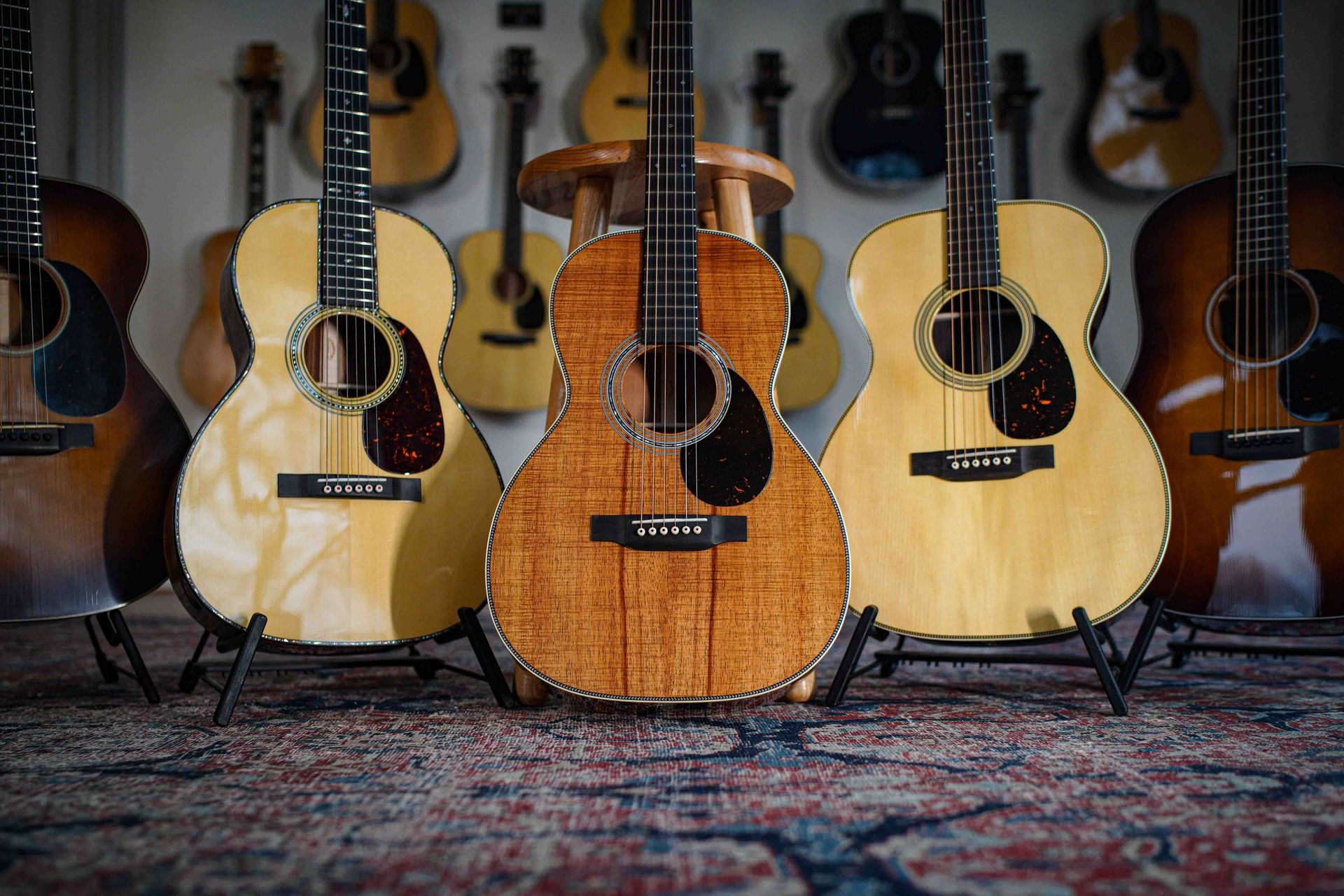Nitro is an abbreviation for nitrocellulose, a type of paint that took off thanks to the car industry in the 1950s. Until then, there were few good paints that you could spray quickly and in different colours, but with nitrocellulose you suddenly could. So the furniture and music industries also grabbed the sprayer to give benches, sideboards and guitars a trendy colour. Without this paint, the Fiesta Red Stratocaster would probably never have seen the light of day.
Over time we discovered some drawbacks to nitro, this is because nitrocellulose is one of the first types of plastic that was also uses to made film (celluloid). To be able to spray that stuff like a coating, you have to dilute it first. This was usually done with heavy chemicals, such as acetone and similar products: toxic, combustible and dangerous to work with.
These old-fashioned thinners turned nitrocellulose into a liquid you can spray and it also causes it to sort of sink a in the wood. This means you need to apply multiple layers and you can't just move on to the second layer, because the thinner must first evaporate and after that the nitrocellulose is left as a waferthin layer. This evaporation/drying takes a long time and if you spray new layer on it, you make the old one 'wet' again, which then has to dry, again, and so on. As a result, painting a guitar body with nitro takes weeks.
And when that nitro is finally on the guitar body, it doesn't stay very well, because the evaporation of the thinner will continue for years. That's why the paint yellows, you get cracks at temperature changes and it's not very scratch resistant. Guitars with nitro therefore never look like new for long.
Poly
Plenty of reasons to look for a better alternative and that was found in the form of polyurethane (also called urethane or poly) and the even harder polyester. Both are much more environmentally friendly, because it can be done without toxic solvents. In addition the painting process is much quicker because a one layer of poly is enough and once it is on it is colour and scratch-resistant. This makes poly cheaper and better, so it quickly became the industry standard and is to this day.
But: that sound!
But over the years it became clear that poly is not the ultimate solution for everyone. Because these old worn out guitars with nitro, may not look perfect, they sound great and feel superb because the wear out and as a result they slowly set to your hand. But what about those cracks? That's nice craquelé! And that warm, transparent sound….aaah!. But hang on… is that because of the more mature wood? Playing it for years? https://or....that/ very thin layer of paint?
The paint probably helps, because a guitar is more than the finish. Anyway: with poly you wrap the wood more or less, and hence you make the instrument harder. That could change the sound.
Online there are fierce discussions about the differences in sound. Every guitar sounds different, so there will be differences in sound between nitro and poly. But to say nitro is always better? Let’s just say Jimi Hendrix also played on guitars with a poly finish and managed to conjure up a more than decent sound.
Nitrocellulose or Poly?
Nitro feels different: it's a bit smoother, bit slippery even and some players like that. Nitro is also less stable: it wears out. You should also be careful with some guitar standards with a foam layer. There could be a little thinner in there that can make your guitar sticky.
Do you want a guitar that you play a lot on and that always looks like new? Then you should never buy a guitar with a nitro finish. Do you spend a lot of time on stage? Then a poly finish can make you tune your guitar a lot less, because that hard layer provides more stability.
Do you have a limited budget? Then you are not condemned to poly, because fortunately there is a lot to choose from these days. Nitro was long reserved for expensive vintage and custom shop models from major brands, such as Fender and Gibson. But, for example, Atkin makes beautiful acoustic guitars with nitro, for a very reasonable price. Eastman also has models with a nitro finish available. And how about the builders of RebelRelic from our own capital city? All nitro!
The other way round is also possible. Want to try a top guitar with en poly finish? A robust stage mate that can take a beating, but still looks like it just came from the showroom for years? Take a look at the guitars from Suhr.
Wil jij het verschil voelen, horen en zien tussen nitro en poly? Kom dan gerust eens langs in Dedemsvaart. We hebben beide altijd op voorraad en helpen je graag kiezen.
Looking for your ideal acoustic guitar?
We help you step by step in our Acoustic Guitar Buying Guide.
